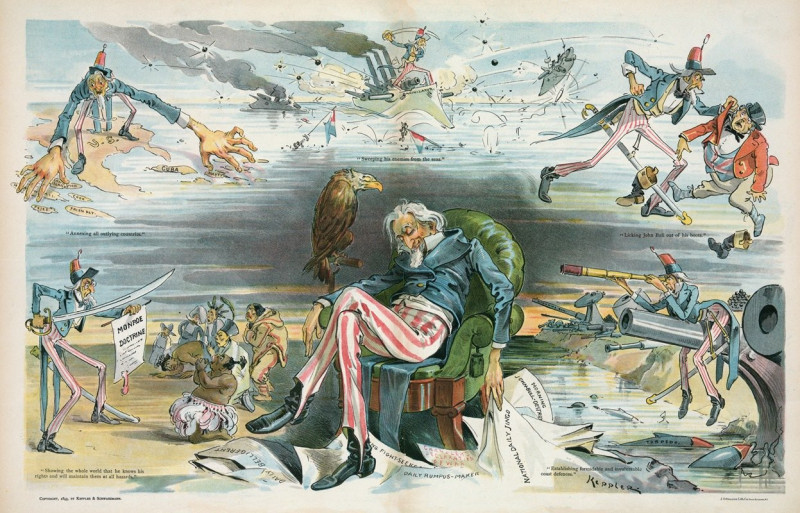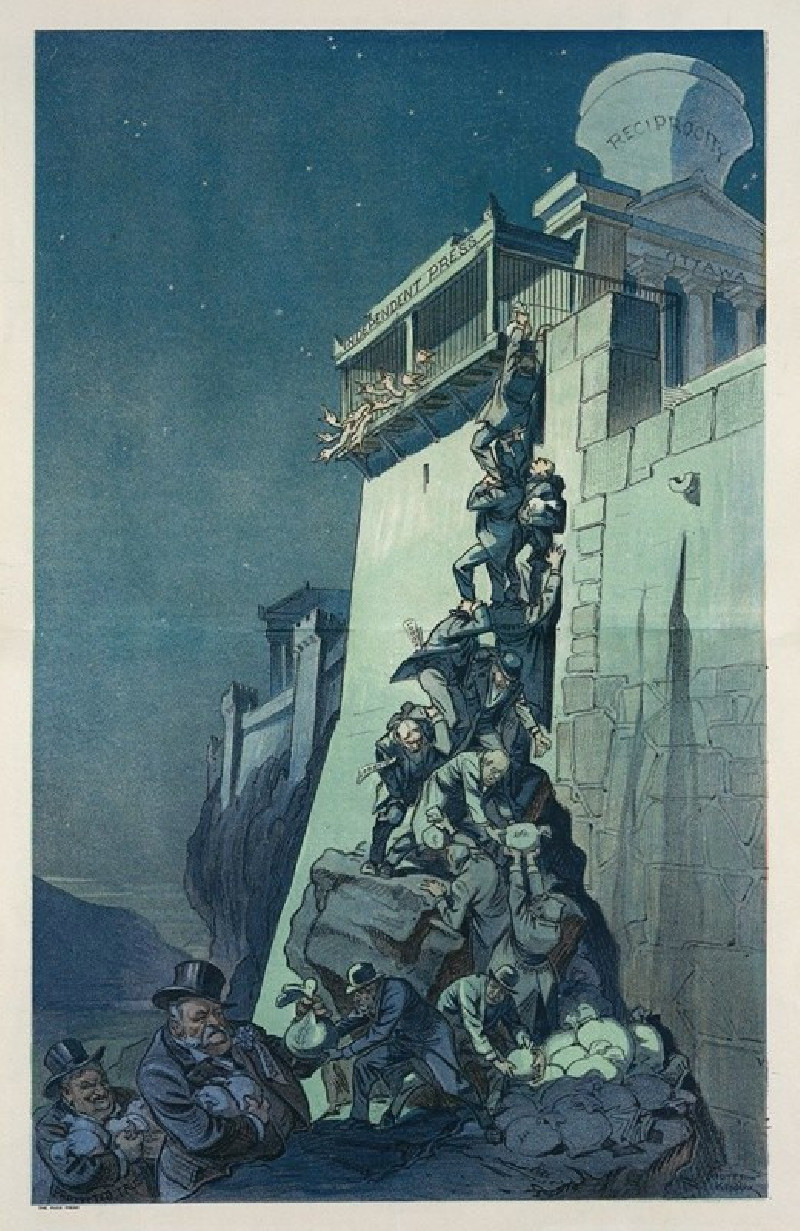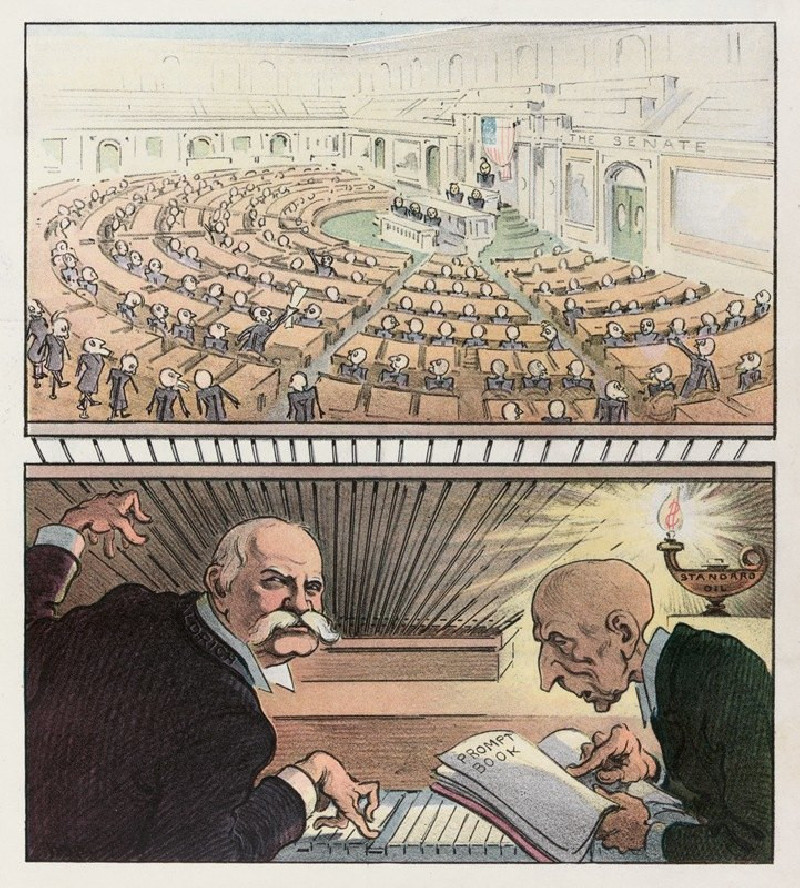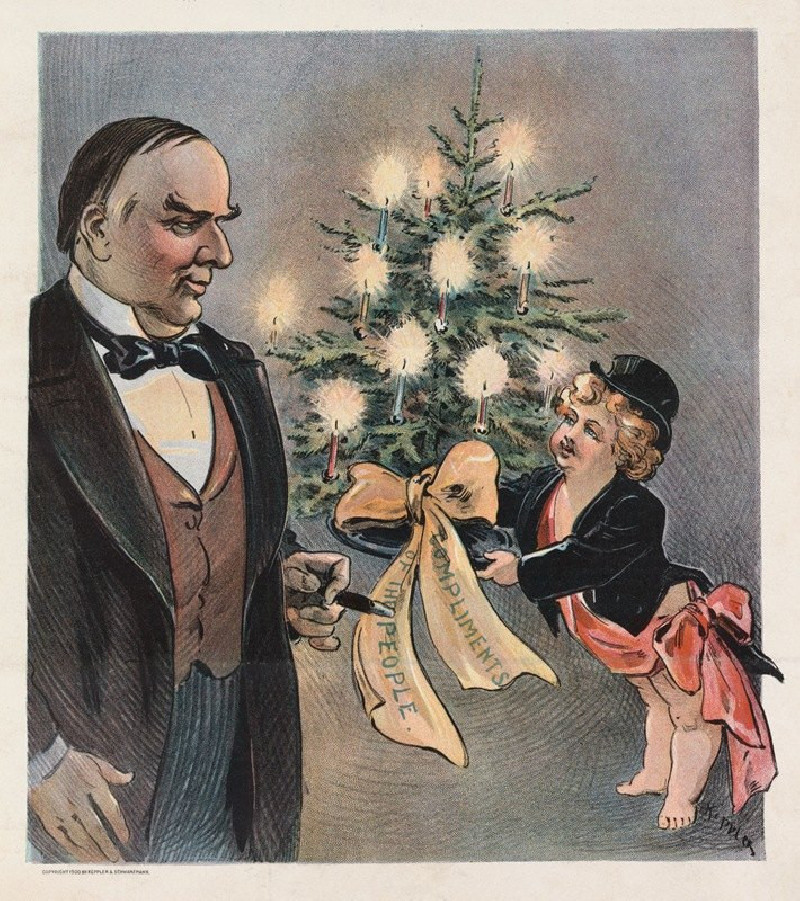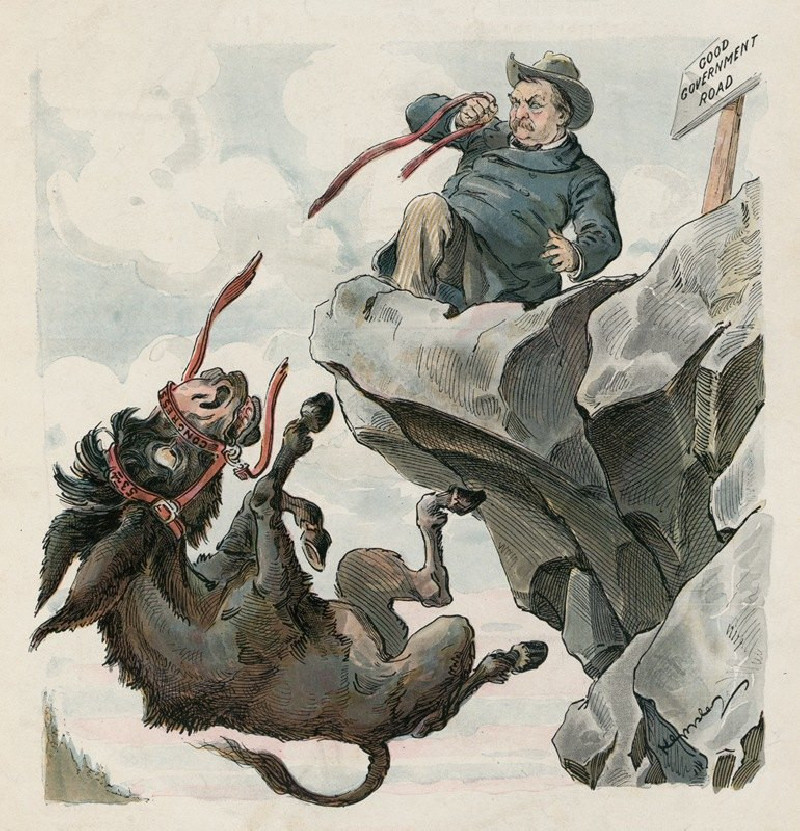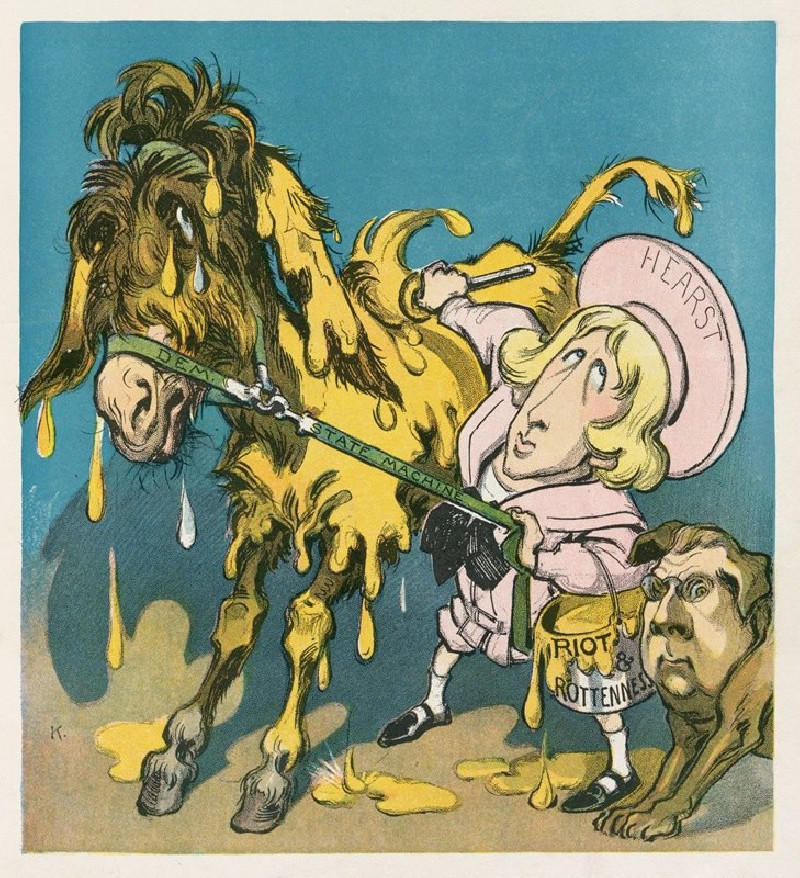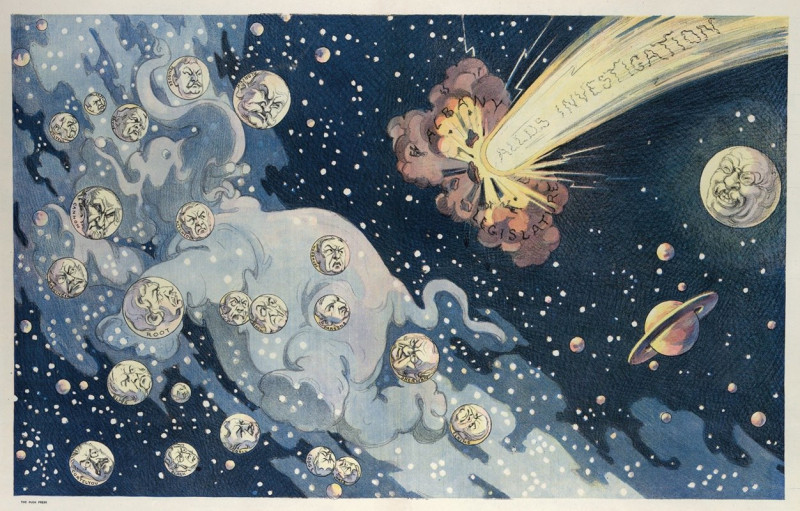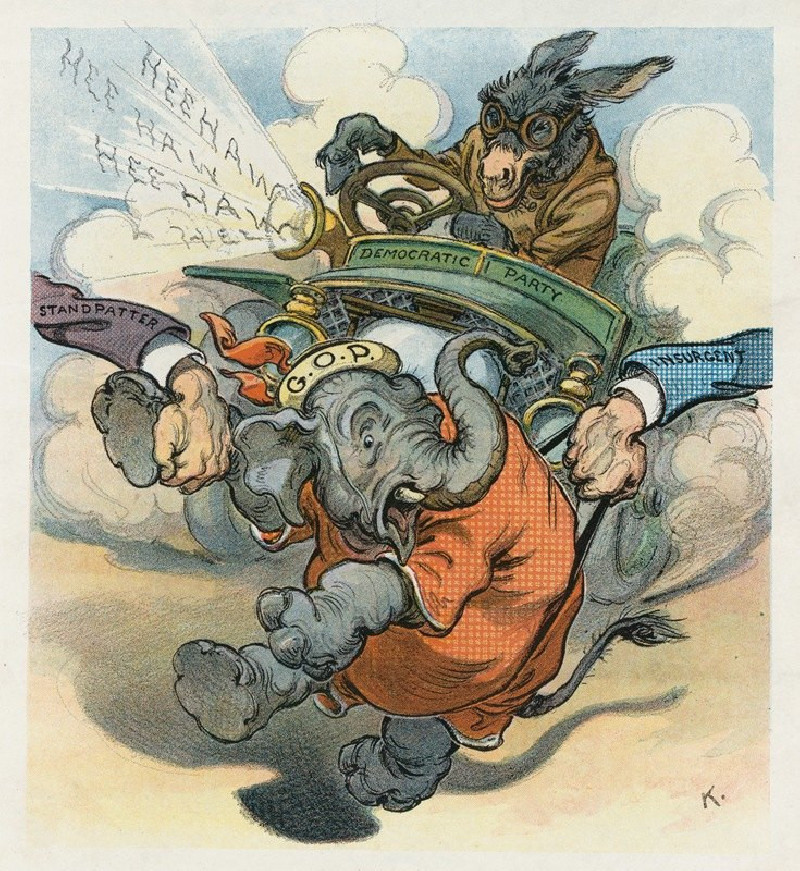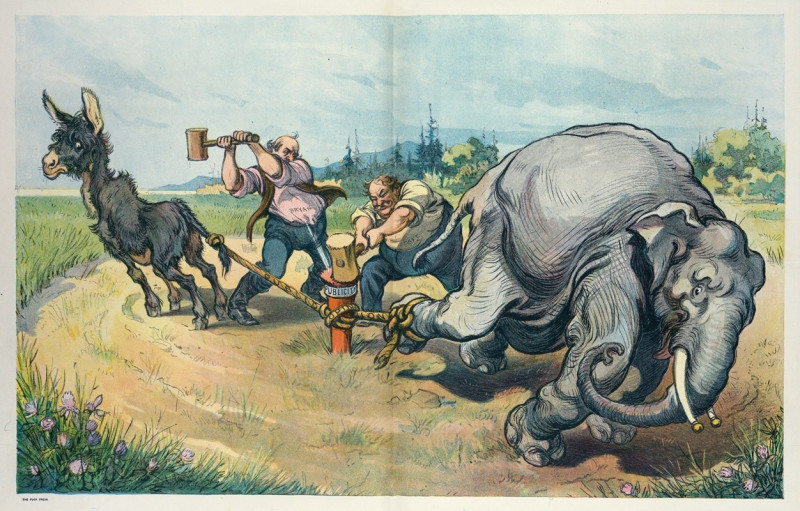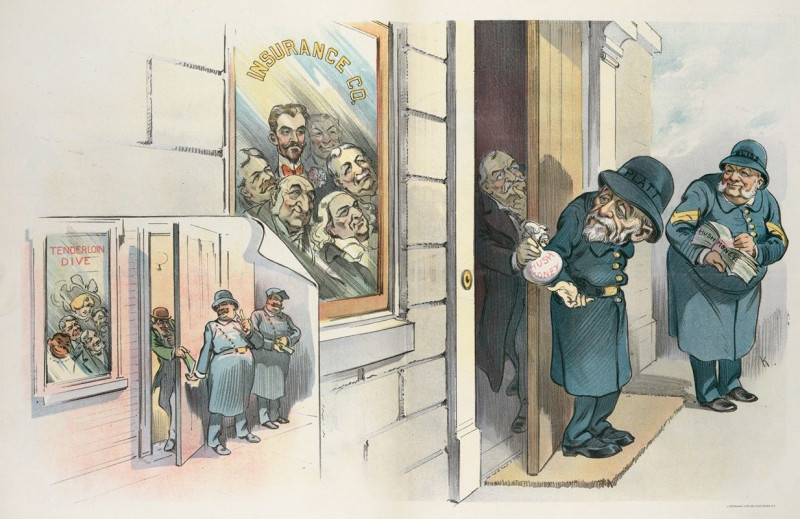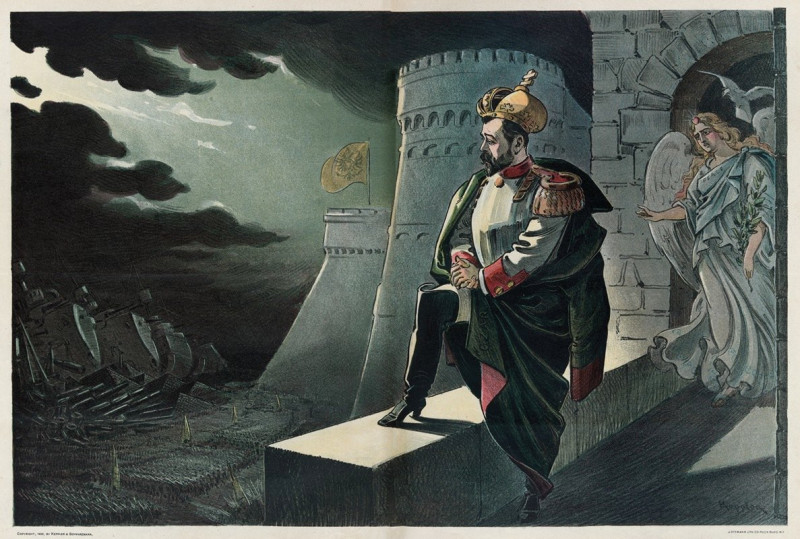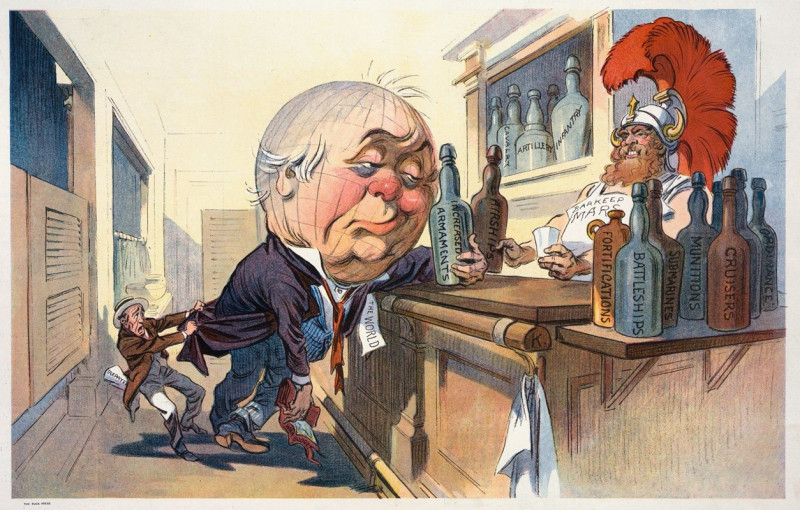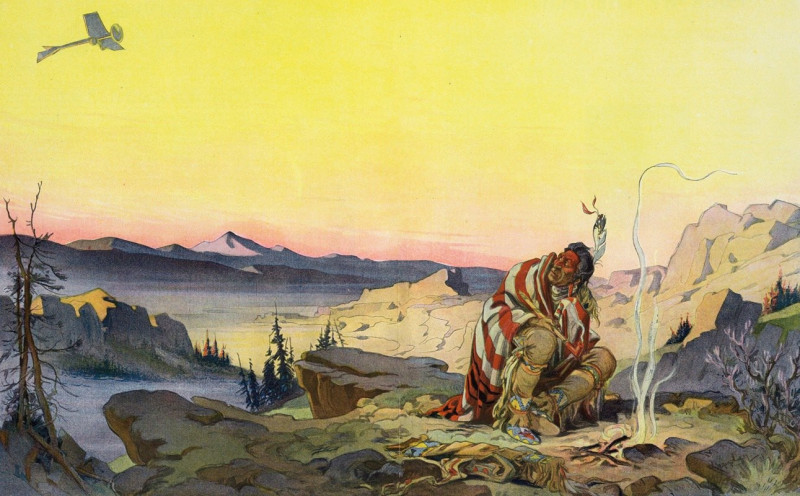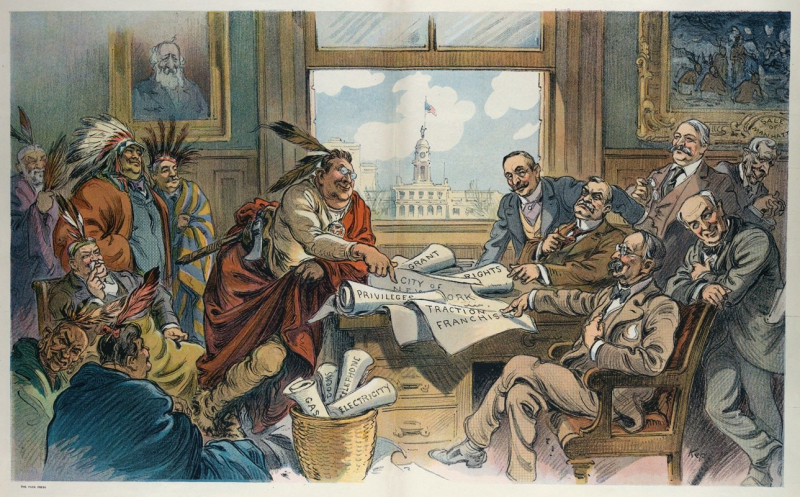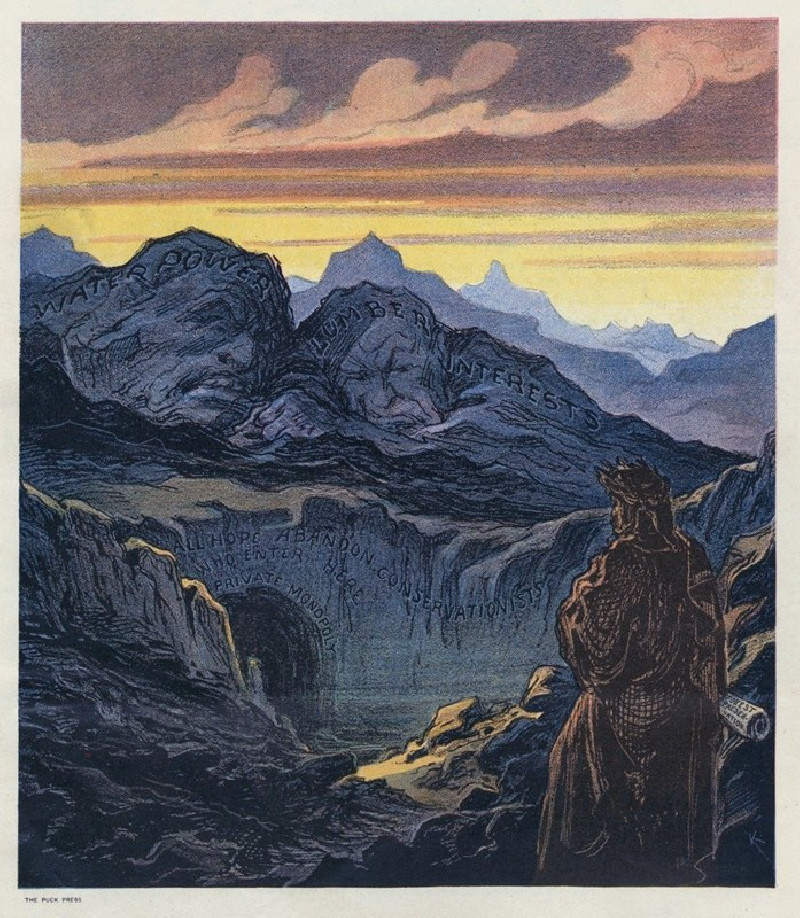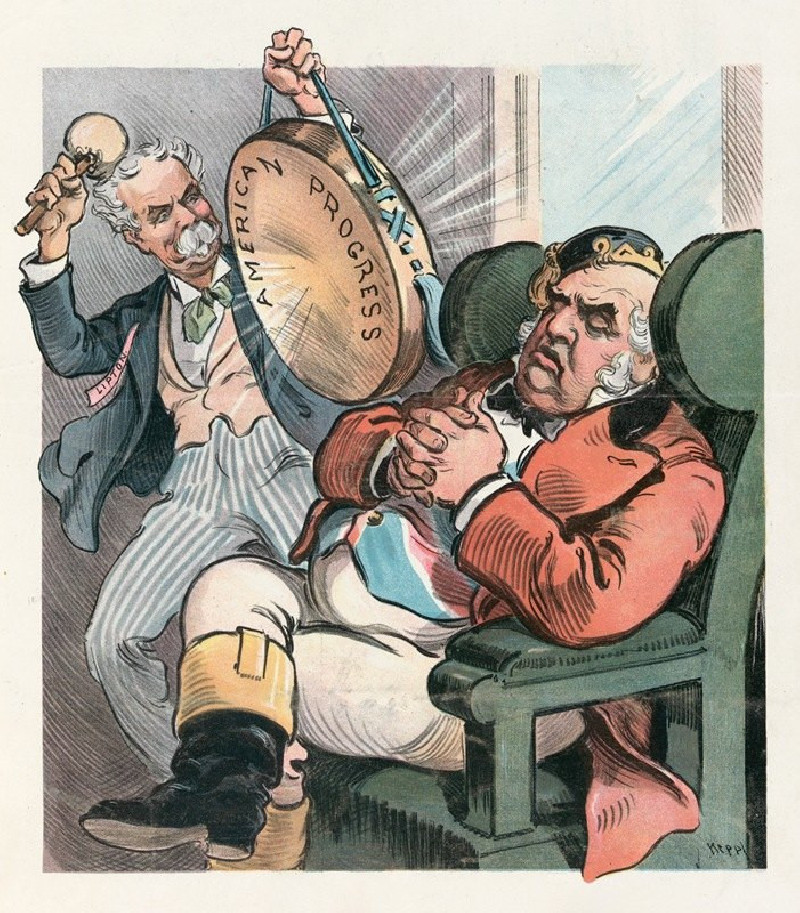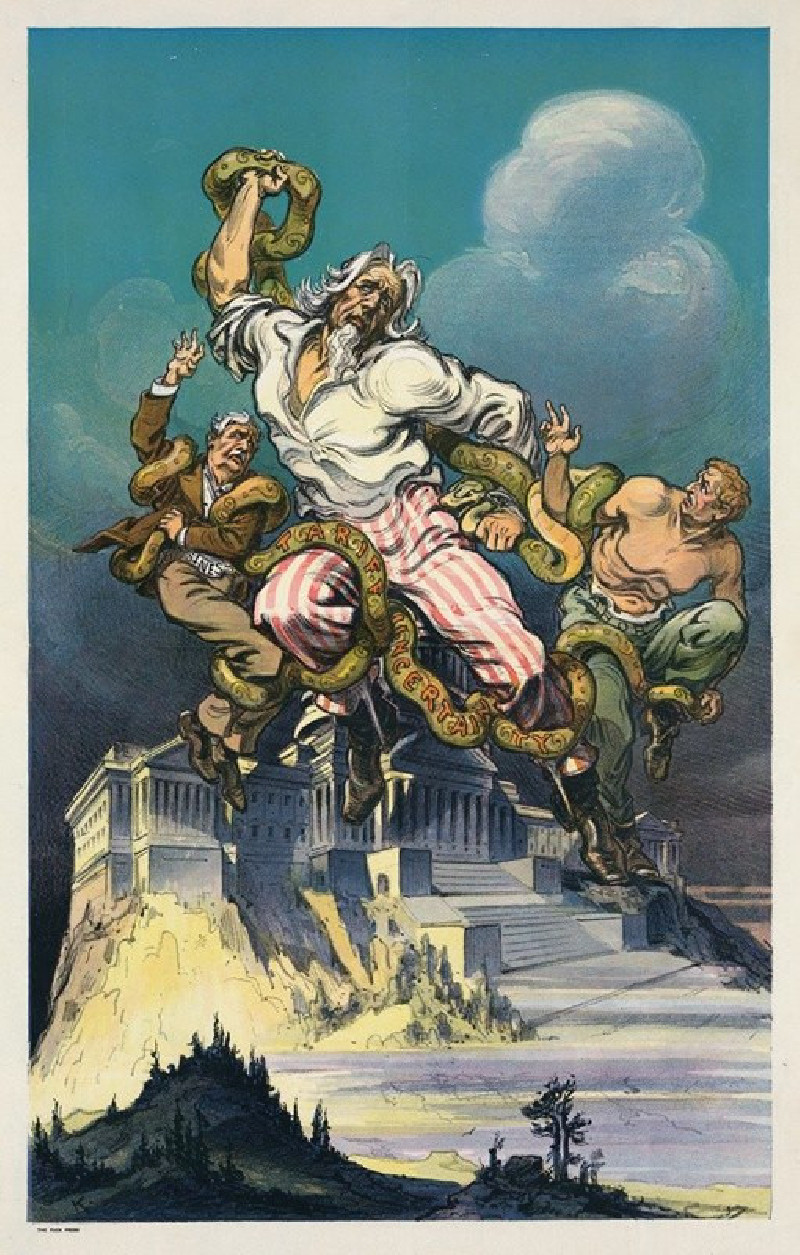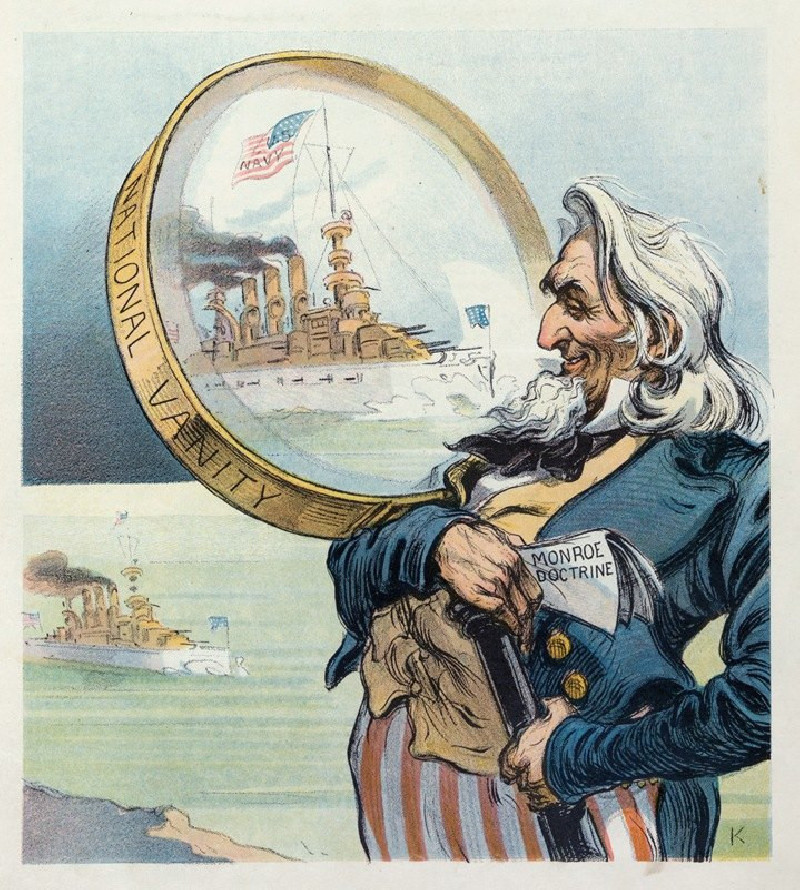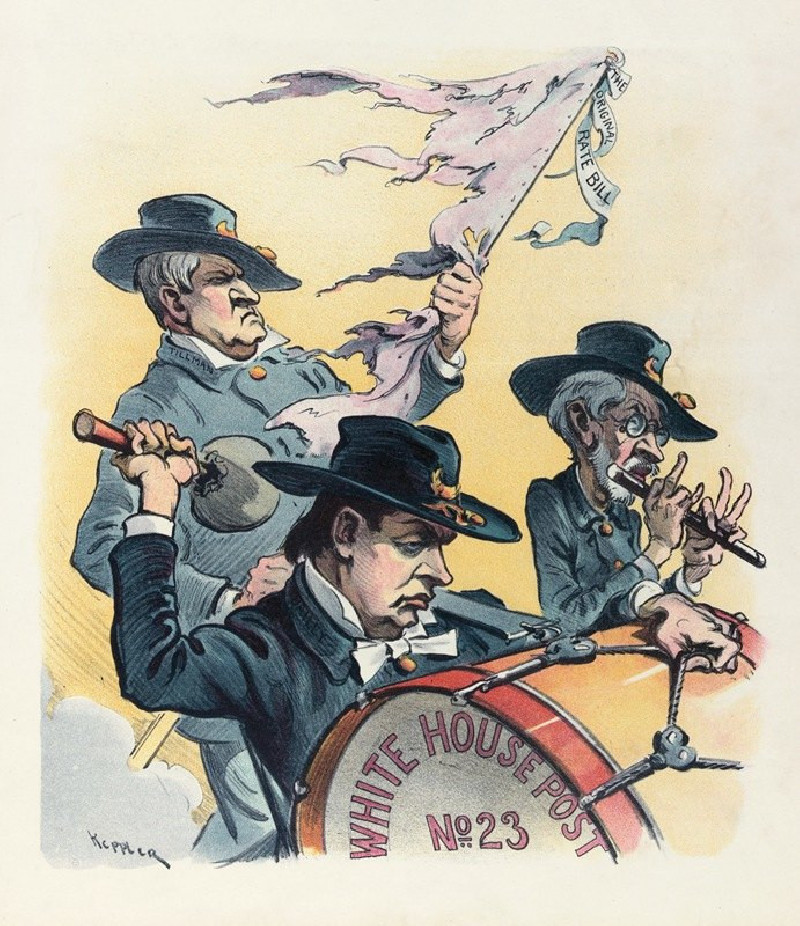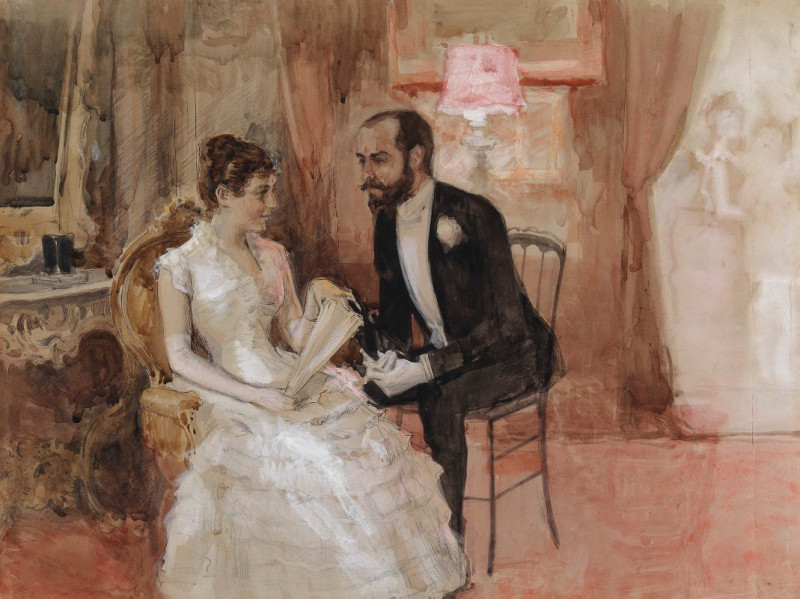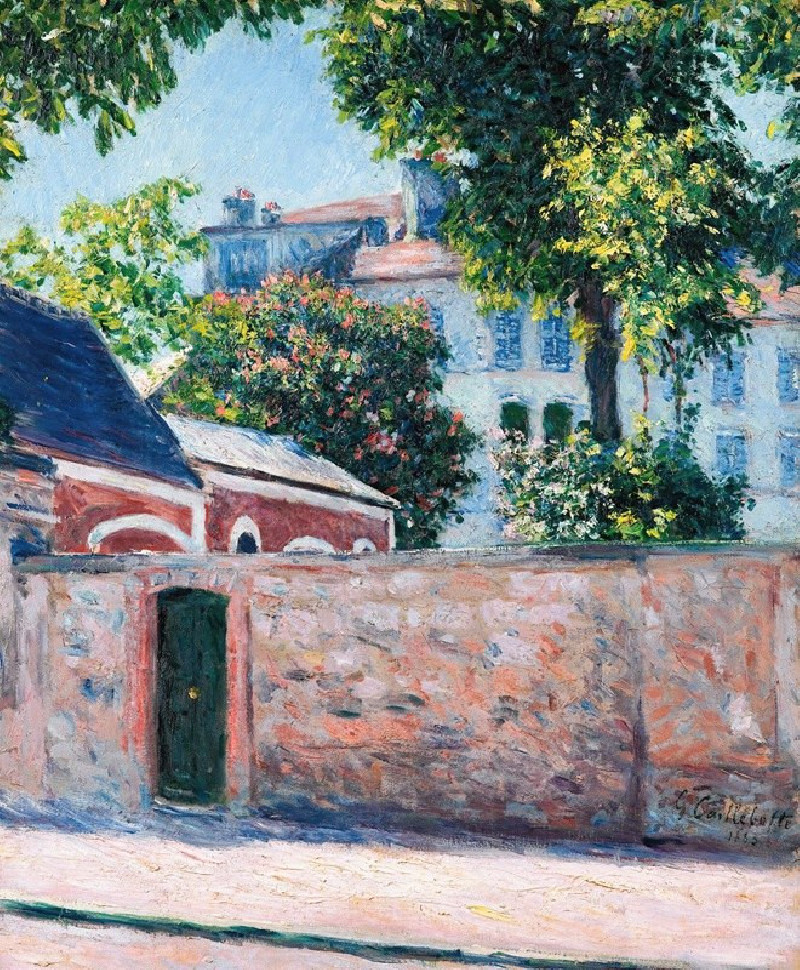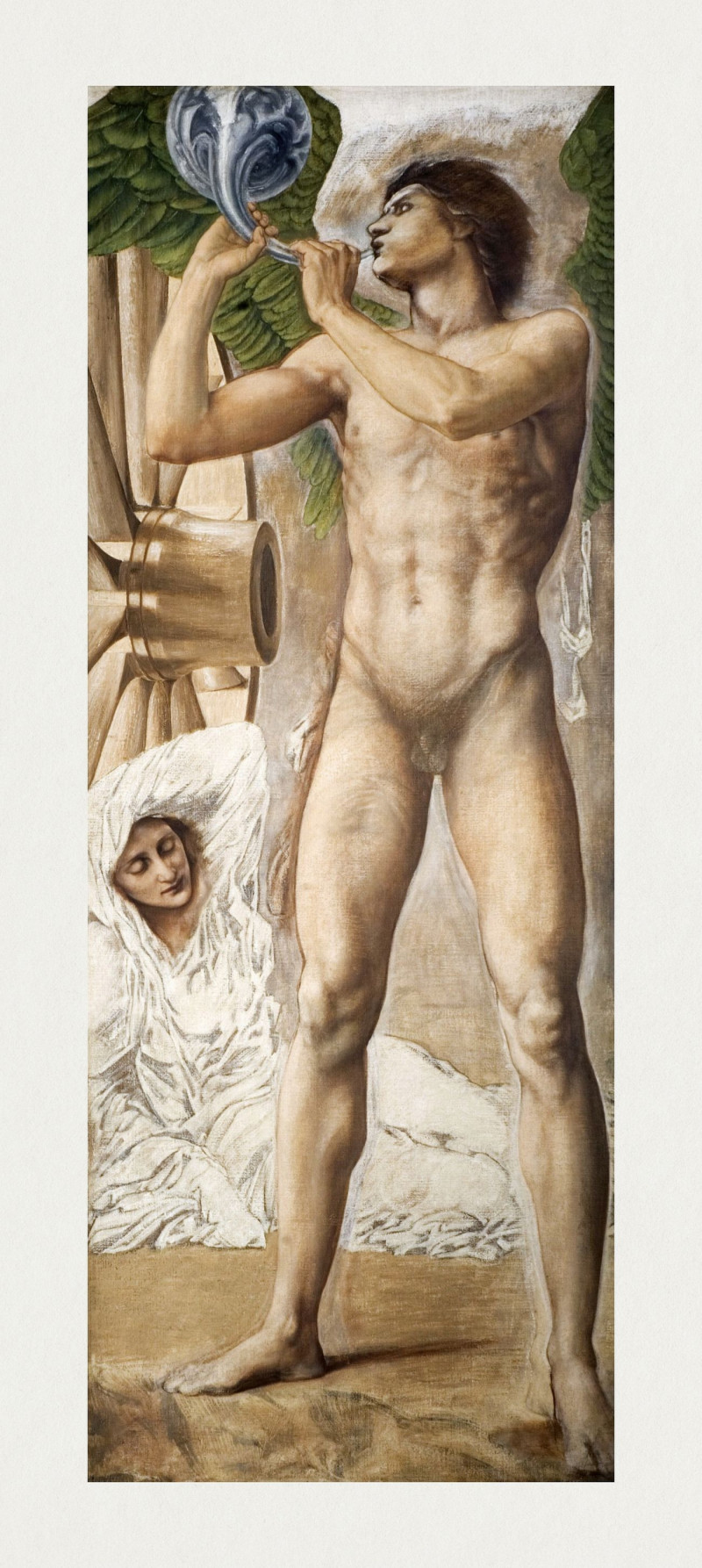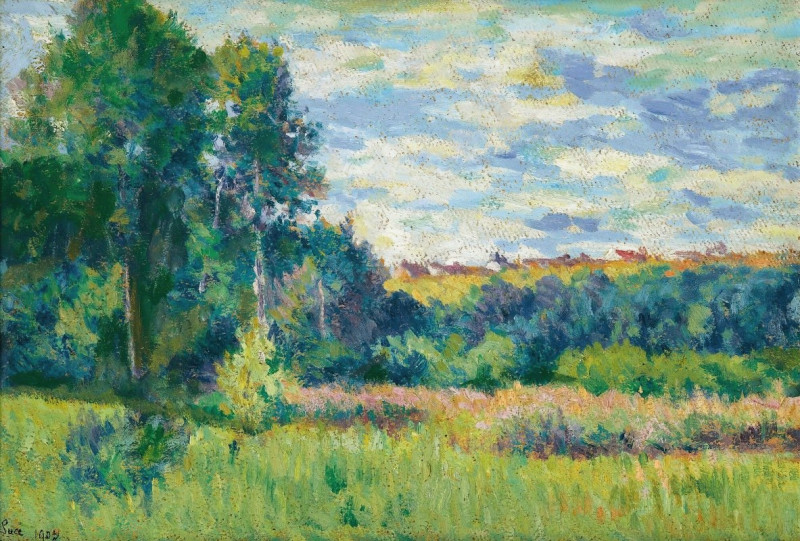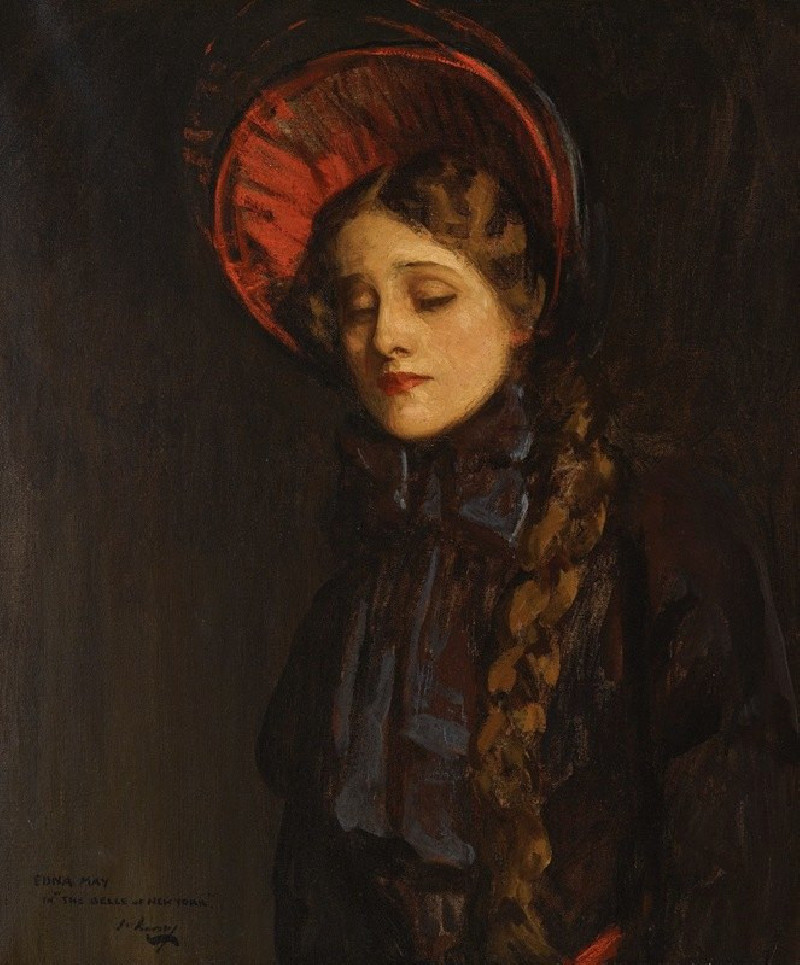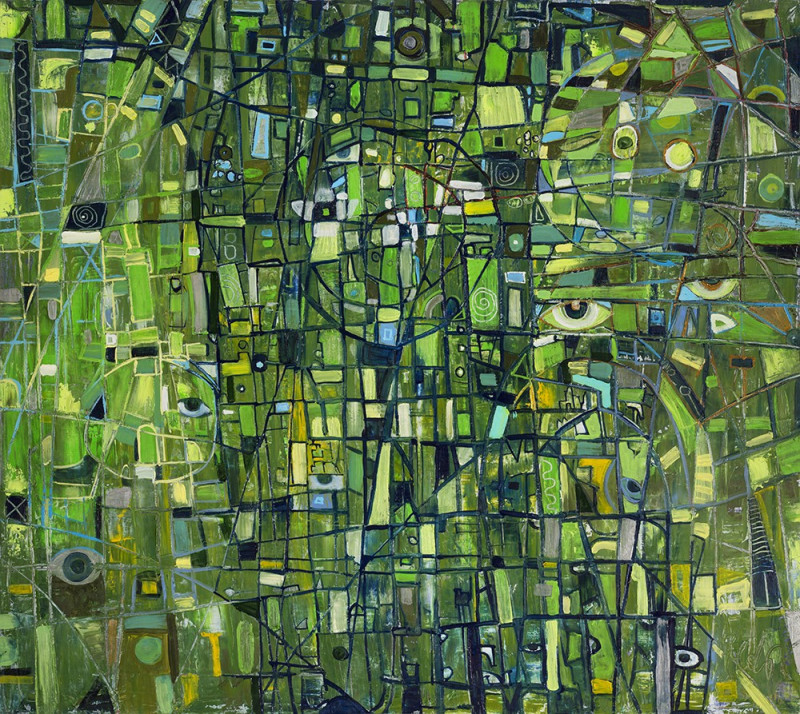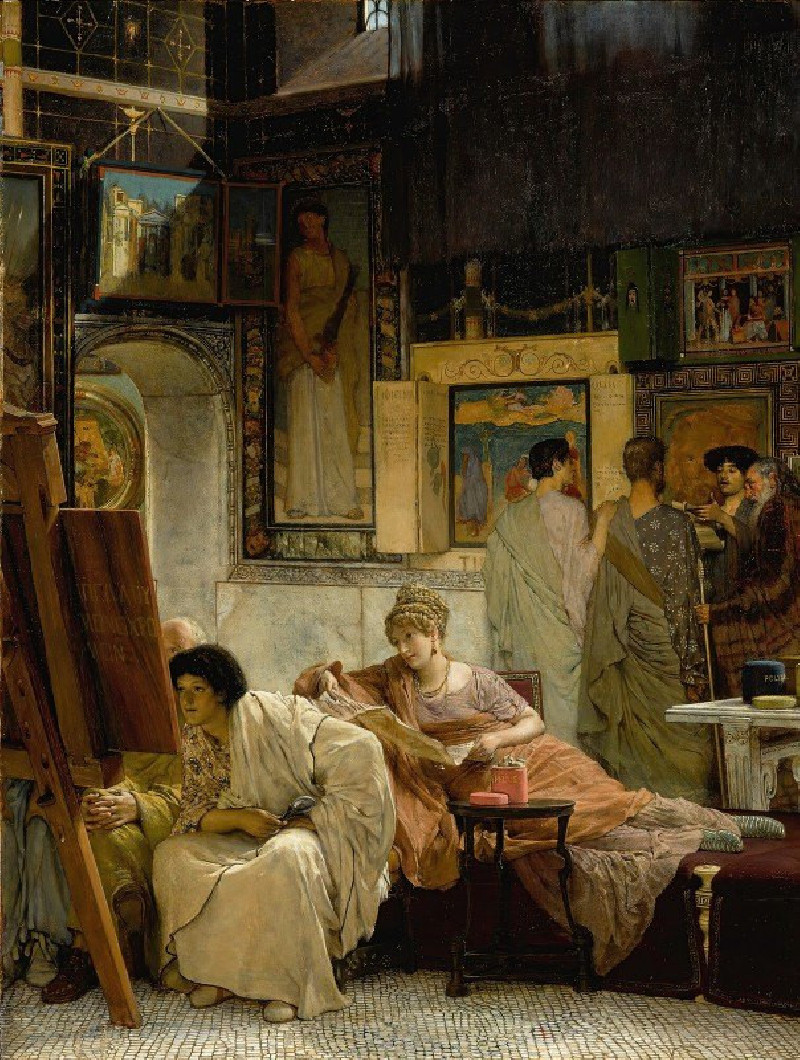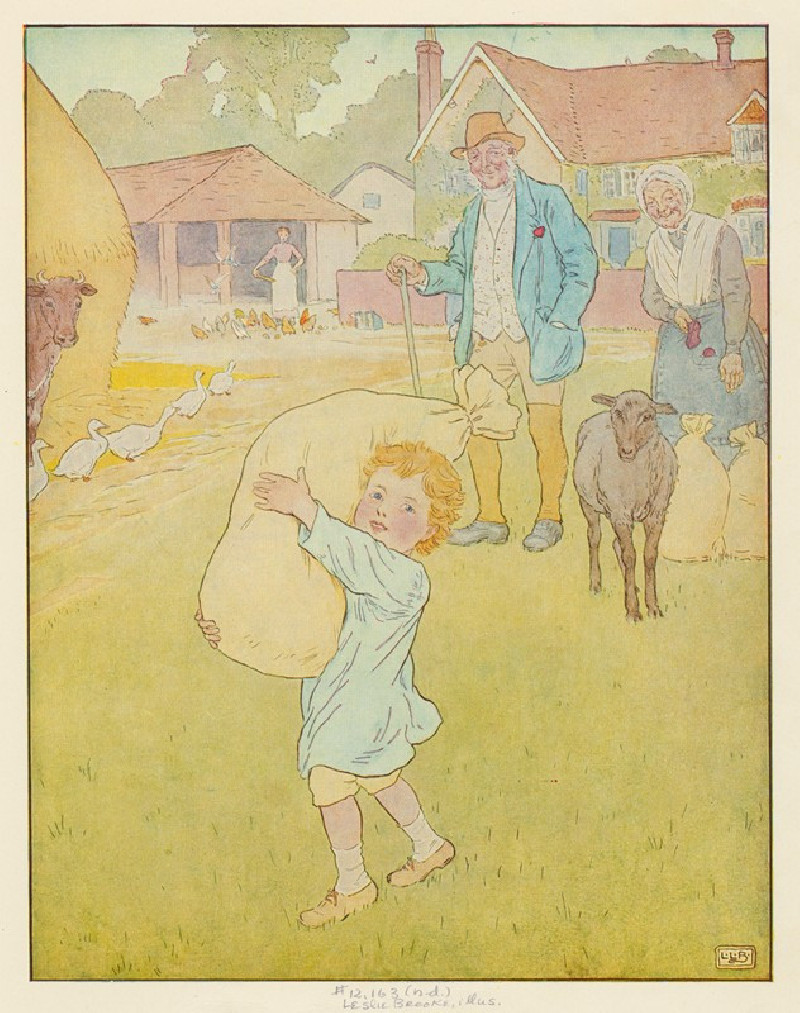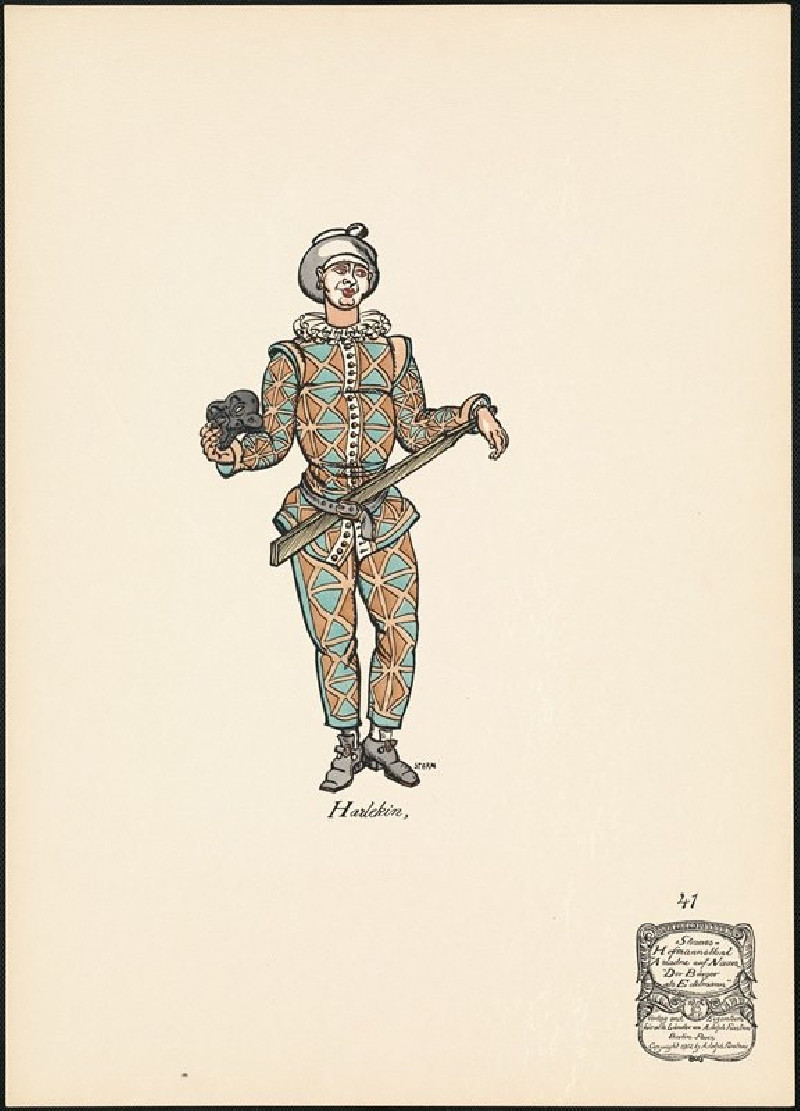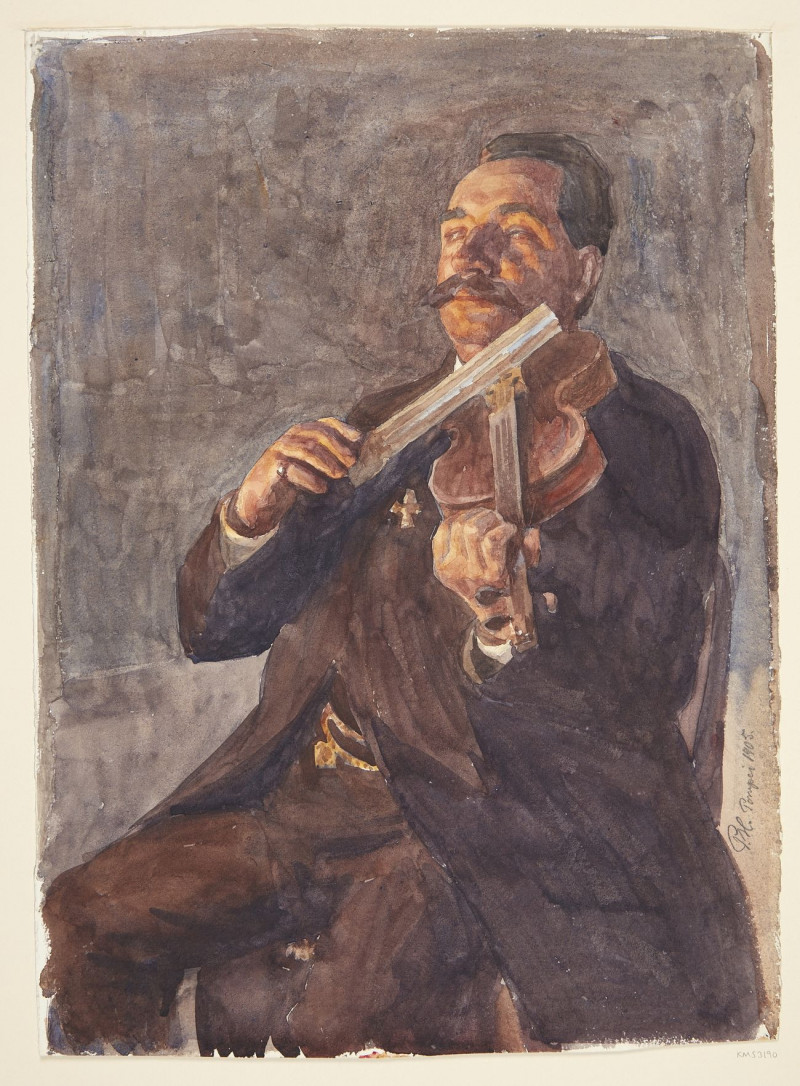Uncle Sam’s dream of conquest and carnage – caused by reading the Jingo newspapers (1895)
Technique: Giclée quality print
Recommended by our customers
More about this artwork
"Uncle Sam’s Dream of Conquest and Carnage" by Udo Keppler, created in 1895, offers a compelling and satirical take on American imperialism at the turn of the 20th century. The artwork depicts Uncle Sam asleep in an armchair, amidst scattered newspapers with headlines promoting expansionist sentiments. These newspapers, as suggested by the title, influence him into a turbulent dream, wherein his larger-than-life figure aggressively overshadows various global regions.In the dream sequence portrayed in bustling watercolor, Uncle Sam appears as a nightmarish giant, stretching his elongated arms into territories like Cuba, represented with labels such as “Fair Play” ironically placed next to scenes of intrusion and control. He sweeps unique personalities from the sea and stands proud over crushed sovereignties, his actions justified by the "Monroe Doctrine" shield. The aggressive energies of the dream reflect back the content of the jingoistic newspapers he has been reading.On the right side of the image, Uncle Sam is shown engaging in disruptive activities in Europe, symbolized by the comical portrayal of "Licking John Bull out of his house," representing Britain. This side of the painting also features chaotic scenes of war, with cannons targeting unseen enemies, conjuring images of a nation ready to defend its aggressive posturing as described by the floating label “Establishing formidable and invulnerable coast defenses.”This rich and detailed political cartoon not only serves as an artifact of its time but also as a critical reflection on the influences of media in shaping national policy and public perception.
Delivery
Returns
Udo J. Keppler, since 1894. known as Joseph Keppler, Jr., was an American political cartoonist, publisher, and Native American advocate. The son of cartoonist Joseph Keppler (1838–1894), who founded Puck magazine, the younger Keppler also contributed to cartoons, and after his father's death became co-owner of the magazine under the name Joseph Keppler. He was also a collector of Native American artifacts.

